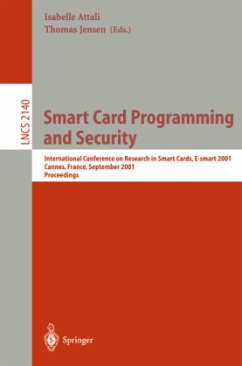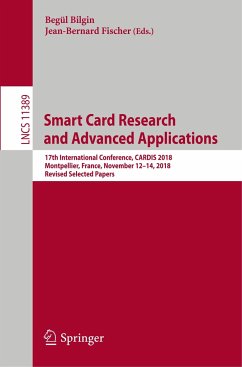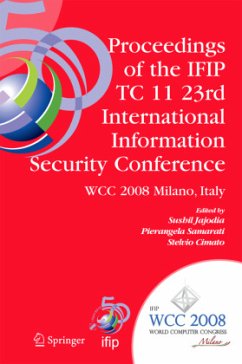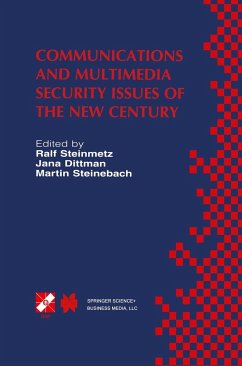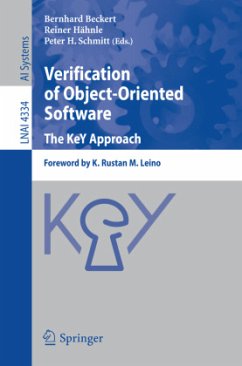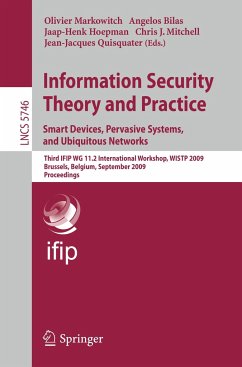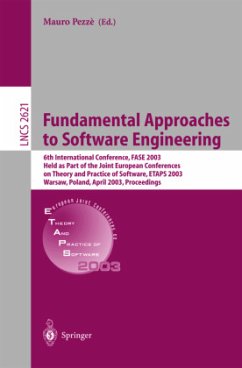
Smartcard development with JavaCard and the OpenCard Framework
A feasibility study
Versandkostenfrei!
Versandfertig in 6-10 Tagen
32,99 €
inkl. MwSt.

PAYBACK Punkte
16 °P sammeln!
Today almost all big enterprise applications arebased on multi-tier Client-/Server architectures. Insuch scenarios in particular it is very hard topinpoint the layer of clients, due to the fact thatthe advancement in technology produces a lot ofdifferent potential clients. A web-based client hasbeen of no importance fifteen years ago, butcertainly is one of the most important today.This vagueness in the client tier requires a newapproach in concerns of security. The server part ofa Client-/Server architecture needs to be extended inorder to provide secure remote access of mobileclient applicat...
Today almost all big enterprise applications are
based on multi-tier Client-/Server architectures. In
such scenarios in particular it is very hard to
pinpoint the layer of clients, due to the fact that
the advancement in technology produces a lot of
different potential clients. A web-based client has
been of no importance fifteen years ago, but
certainly is one of the most important today.
This vagueness in the client tier requires a new
approach in concerns of security. The server part of
a Client-/Server architecture needs to be extended in
order to provide secure remote access of mobile
client applications. Password-based systems, as they
happen to exist in the past, are considered to be
insufficient to meet today s security requirements.
Smartcards are widely accepted, have proven to be
secure and technologically mature regarding the
problems mentioned above. JavaCard and the OpenCard
Framework enable the developer to program with a
high-level language on both the smartcard and the
terminal application level.
based on multi-tier Client-/Server architectures. In
such scenarios in particular it is very hard to
pinpoint the layer of clients, due to the fact that
the advancement in technology produces a lot of
different potential clients. A web-based client has
been of no importance fifteen years ago, but
certainly is one of the most important today.
This vagueness in the client tier requires a new
approach in concerns of security. The server part of
a Client-/Server architecture needs to be extended in
order to provide secure remote access of mobile
client applications. Password-based systems, as they
happen to exist in the past, are considered to be
insufficient to meet today s security requirements.
Smartcards are widely accepted, have proven to be
secure and technologically mature regarding the
problems mentioned above. JavaCard and the OpenCard
Framework enable the developer to program with a
high-level language on both the smartcard and the
terminal application level.



